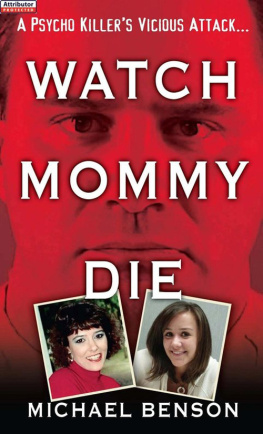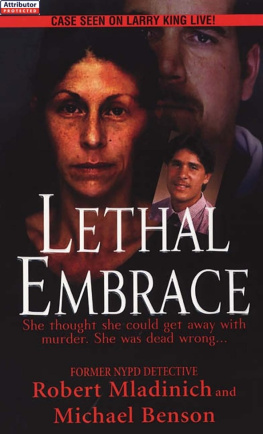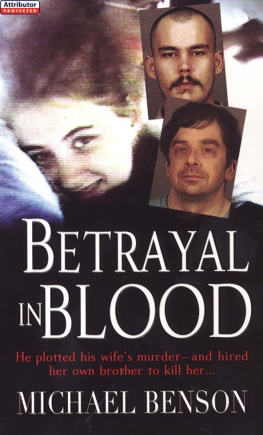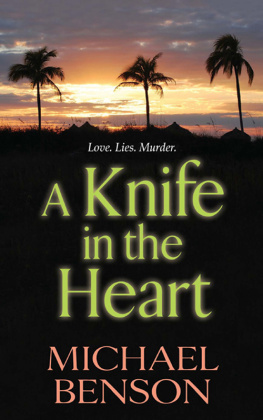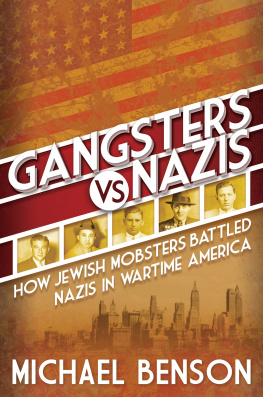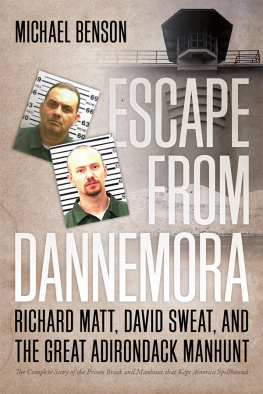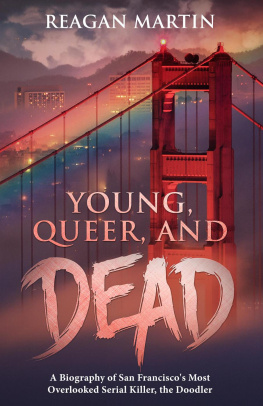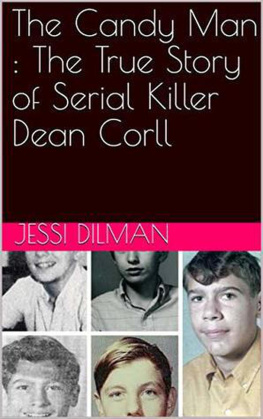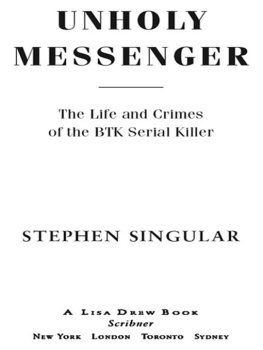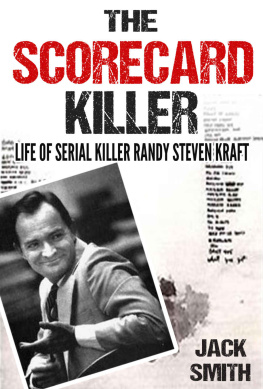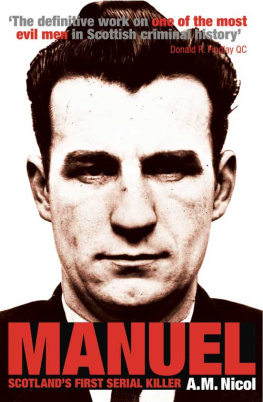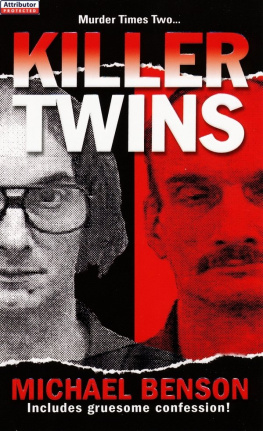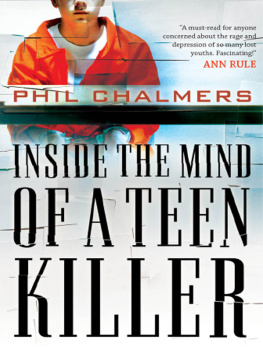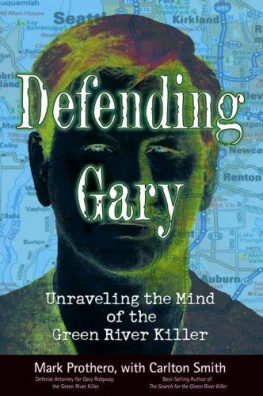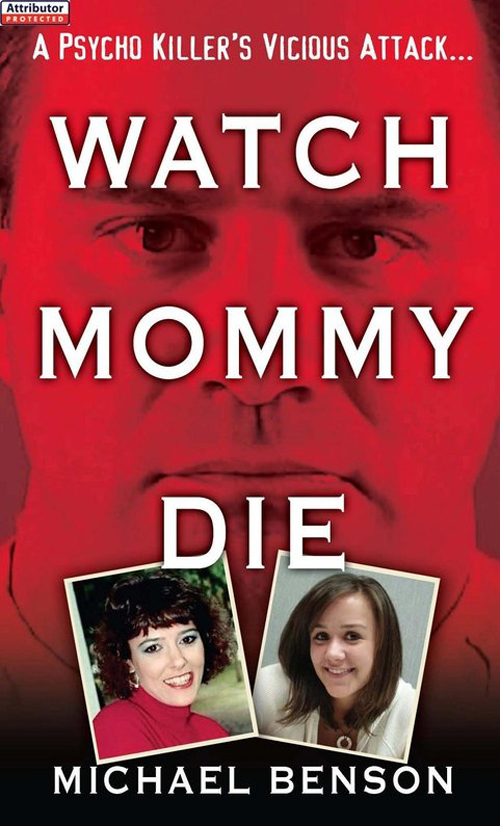A CKNOWLEDGMENTS
Many people contributed in some way, small or large, to this book. To those who requested anonymity, please know how grateful I am for your assistance. To the others, I would like to thank you here:
McKither Bodison, Warden, Lieber Correctional Institution; Michael C. Mickey Braswell, at East Tennessee State University; Kelly Lee Brosky, at the Horry County Office of Public Information; Elizabeth McLendon Buckner; Patti Burns, at the Georgetown County Library; forensic pathologist Dr. Kimberly A. Collins; Dr. Gordon Crews, Associate Professor, Marshall University; Kathleen Kelly Crolley and the Owl-O-Rest Factory Outlet furniture store in Surfside Beach, South Carolina; Sergeant Robert A. Cross, Richmond County Sheriffs Office; librarian extraordinaire Margaret Devereaux; my agent, Jake Elwell, Harold Ober Associates; the manager of International and Business Affairs at truTV, Laura Forti; Ann M. Fotiades, Unit Manager, CBS News Information Resources; Greg Froom, at the South Carolina Lawyers Weekly; Ginger Gaskins-Weiss, at the Office of the Berkeley County Attorney; Sergeant Jeff Gause, Horry County Police Department; South Carolina Department of Corrections Communications director Josh Gelinas; Laura Lings tennis buddy, Janis Walker Gilmore; Kensington editor Gary Goldstein; Georgetown County public defender Reuben Goude; the J. Reuben Long Detention Center; the Honorable Deadra L. Jefferson; Margaret Knox, at the Office of General Counsel, SLED; Tracy Minarik, of BlueWaters Pottery, at the Center for Clay Arts, Little River, South Carolina; U.S. Marshal Thedus Mayo; Keith Moore; Maria Montas, CBS News Archives; Captain Bill Pierce, at the Georgetown County Sheriffs Office; Tonya Root, of the Sun News; Stankos high-school science teacher, Clarice Wenz; and Hillary Winburn, at the Conway Library.
EPILOGUE
Stephen Stankos father passed away on November 12, 2010.
In April 2010, Stephen Stanko responded to the authors request for an interview with a three-page letter. He said that the authors letters to him were returned by the SCDC because on death row he wasnt allowed to receive stamps or self-addressed stamped envelopes. He appreciated the invitation to participate in this book, but was disappointed that the author was not seeking a full-fledged collaborator.
Stanko requested a copy of the book proposal and table of contents, and stated his expectations that the book would end up a complete and honest finished work.
He informed the author that he remained a busy, busy guy, with five literary projects in various stages of completion. Three of his projects were about death rowtwo serious, one comical. Other topics included sentencing reform and correctional psychology/sociology. There was a novel in the works, too. Since the end of his second murder trial, now three writers had contacted him regarding projects. He hadnt decided with whom to work, if anyone yet.
At the bottom of the first pagewhich was written in near-perfect printing, with minimal syntax or spelling errors, and no repetitionhe wondered if the author was aware that he had hypergraphia (overwhelming urge to write, not a disorder but indicative of brain changes associated with epilepsy and mania).
Regarding this book, Stanko wrote that he would appreciate a fair shake. He understood that his life was an incredible story. He finally asked for money, assuring the author that any funds sent would be used toward the book, meaning the authors book, and not for his own personal needs. Unless you have such a giving heart that you provide me some funds for that. Adding, Ha ha.
Stanko opined that laughter was the absence of terror and terror was sadly the absence of laughter. He wrote that the past two years, since the passing of his mother, he had learned humility. These days he had a more humble heart but added that he still had far to go.
As of 2011, Liz Buckner would like to have reported that the Stephen Stanko affair was completely behind her, but sadly that was never going to be the case. It would always be there, part of her fabric, who she was. She worked to prevent it from affecting her self-esteem and confidence, even after all these years.
For the most part, the battle had been a victorious one. She did not wallow in self-pity. At times, he came into her mind, but it was a fleeting moment, maybe caused by something familiar. Songslike One Night a Day by Garth Brooks and Someone Like You by Van Morrisonwould call up a flash of memory.
Sometimes a sound or a smell would trigger something, and a memory would momentarily jam her stream of consciousness. She still thought of Stephen every time she passed a Baskin-Robbins ice cream place. Bananas Foster was his favorite flavor.
When she did think extensively of Stephen Stanko, she did it on her own terms, while she worked daily on her own book about him, based on her personal experiences, a warning to women about the dangers of dating a psycho.
She realized that some of the damage caused by Stephen Stanko was permanent. He took her life away. She was no longer the trusting person she had been in 1992 when she met him. She was never going to be that person again. She was guarded now, wary of people. She worked, which involved a lot of travel, a lot of being in the spotlight. She was the creative mind behind a marketing consulting business. She traveled and met with new people every day. She shared nothing of her private life with her business acquaintances. She knew lots of people who didnt even know she had a son. When not working, she preferred solitude. Socially, there were walls up, protecting her against the theoretic strangers out there who would try to take advantage of her the way Stephen had. She didnt venture out. She was solitary.
Liz might have given up on her dreams of being an FBI profiler years before, but that did not mean her ambitions toward crime busting were completely stifled. By making public every detail she could recall about Stephen Stanko, she hoped to make her contribution to the great pool of knowledge, and hopefully give the FBI experts in Quantico, Virginia, an assist in figuring out what made killers tick.
Putting it all down on paper began not long after Stanko attacked her in 1996. Shed experienced anxiety after the attack and had sought psychological help. Her counselor suggested, as therapy, that she keep a journal, and she eventually filled up notebook after notebook. For a long time, she considered her journals privateideas she was externalizing but nonetheless keeping private. The unrealistic goal back then was to make Stephen Stanko a part of her past and not a part of her future. Soon she realized there was no getting rid of itno matter how many journals she filled.
The notion to try to publish her story developed after the murders, when Liz realized she had to do everything she could to educate women regarding men without consciences. If she could keep one potential victim safe, her labor would be worth it.
She didnt know why, but the Charleston area had grown more dangerous for women over the years. She didnt know where these women-haters were coming from, but it was frightening, because it wasnt always like that.
Her own conscience still troubled her sometimes. What if she had written her own book while Stephen was serving his eight-and-a-half-year prison sentence, maybejust maybeLaura Ling would have read it and it might have saved her life.
And not just Laura, but all of the gullible women in the world who love and trust too much, who love and trust bad menshe might have stopped it from happening again and again and again. It was sickening to watch the TV news, to see how many women were being victimized. There was too much of it. Much more than there used to be, although she didnt know why. It seemed like every day you turned on the news and there were more attacks on women and children.

